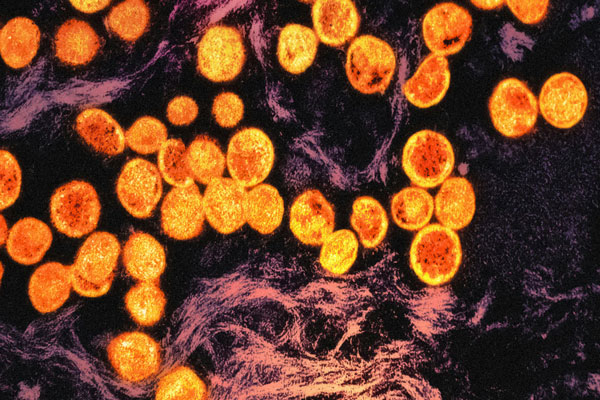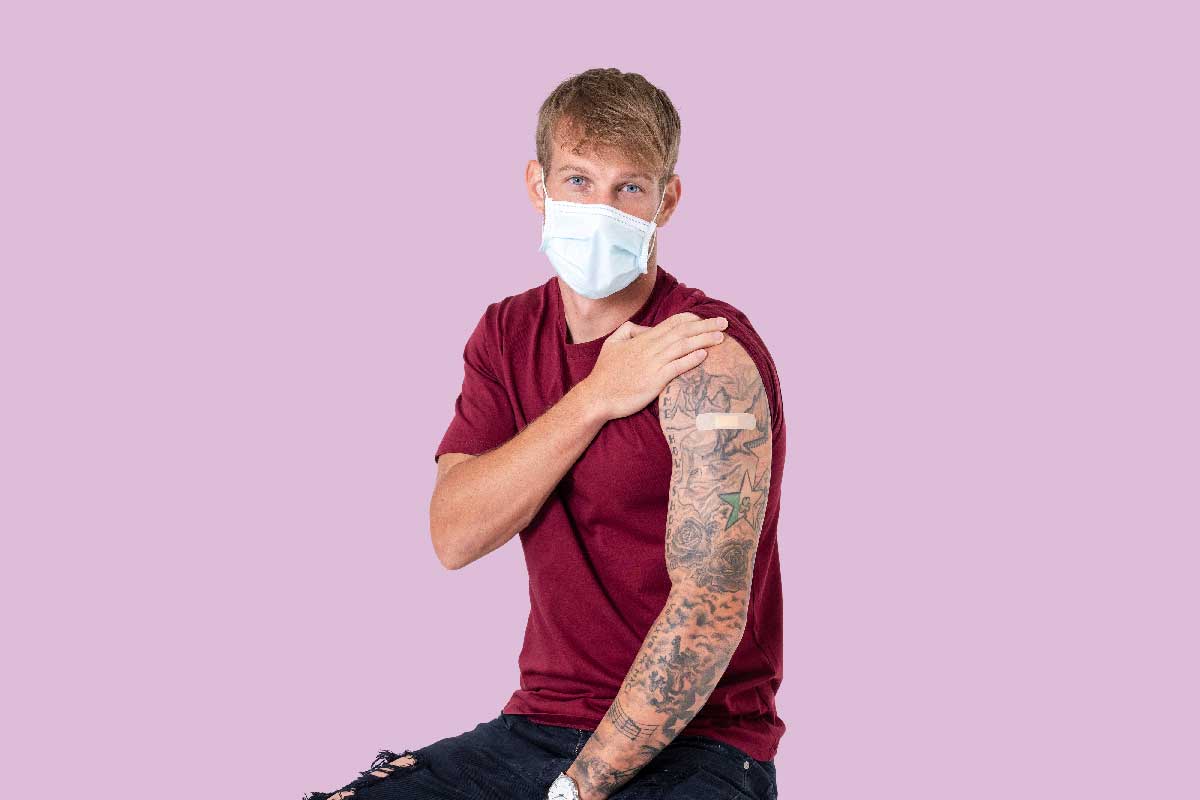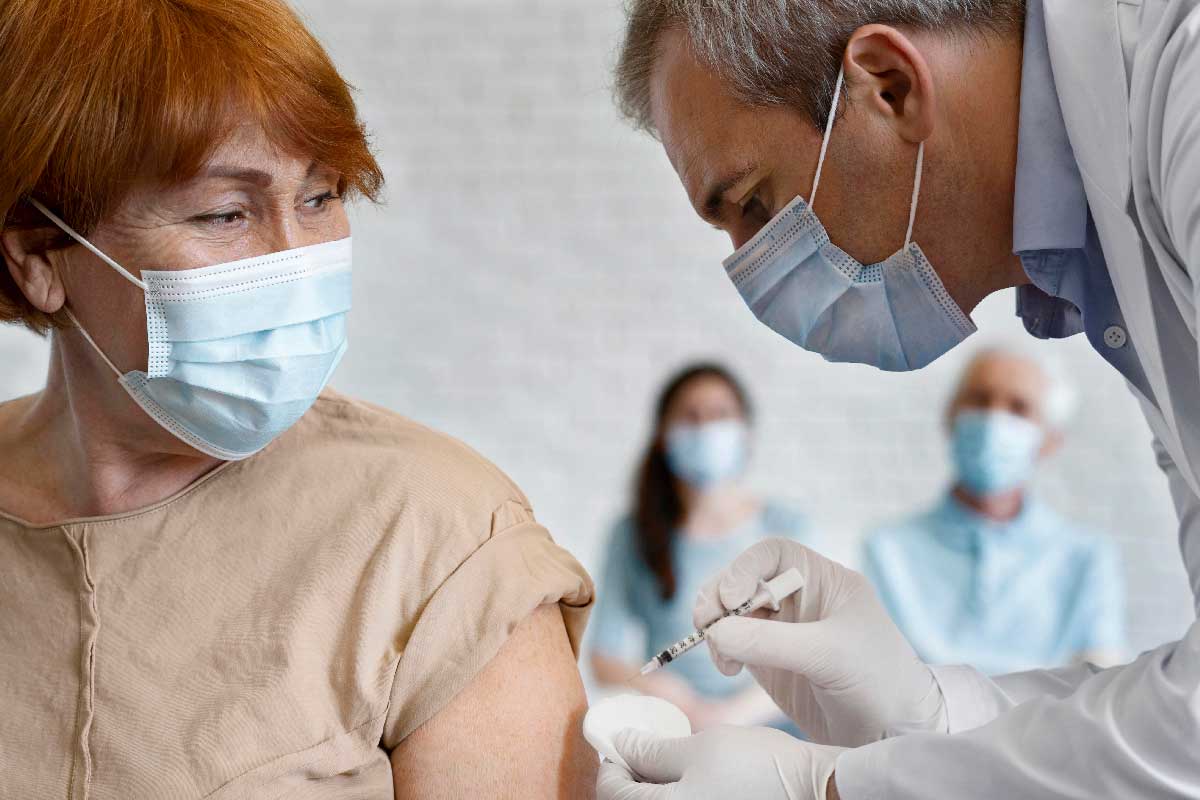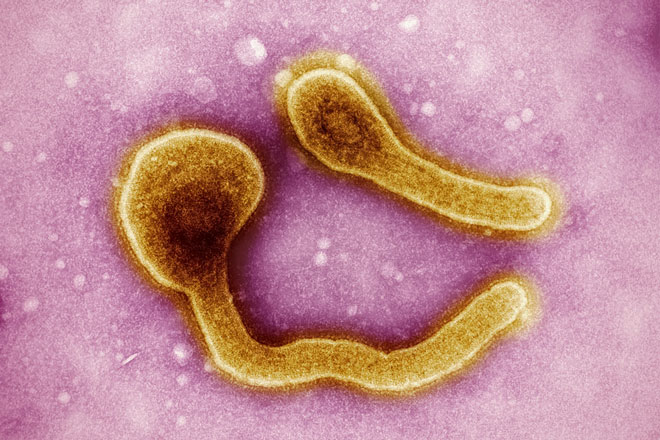Research summary: How do you beat the COVID-19 pandemic in the absence of a drug or vaccine?
If COVID-19 epidemics are not controlled, 510,000 people could die in the UK and 2.2 million in the USA.
- 19 March 2020
- 2 min read
- by Priya Joi

How do you stop a pandemic virus when you don’t yet have a drug or a vaccine? Most countries are having to either try and mitigate the spread of infection or suppress it altogether, with a variety of approaches to infection control. Scientists at the Imperial College London COVID-19 response team have modelled the effect of each approach in the UK and USA, the results of which have helped inform policymaking on COVID-19 in the UK and other countries.
Mitigation is defined as slowing but not stopping the spread of the virus – i.e. flattening the curve so as not to overload the healthcare system – by quarantine of suspected cases and people in their household, and isolating those most at risk. Suppression meanwhile is reducing the growth of the epidemic and reducing cases to very low numbers, and sustaining this situation for as long as necessary.
They predict that mitigation will still result in hundreds of thousands of deaths and overwhelm health systems, and that suppression is the best option. However, suppression will mean social distancing and home quarantine, as well as closing schools and universities – the challenge is that this may be necessary until a vaccine becomes available, which could be 18 months away. The researchers note that although suppression has been successful in countries like China and South Korea, the approach comes with enormous social and economic costs that could adversely affect the health and well-being of people in other ways.
The researchers predict that if the UK and USA don’t implement control measures, 81% of the population would eventually be infected; with around 510,000 people dying of COVID-19 in the UK and 2.2 million in the USA.
Population-wide social distancing will have the biggest impact, and, when combined with home isolation of cases and the closure of schools and universities, could suppress transmission below the threshold of R=1 required to rapidly reduce cases. However, even if this is not feasible, the results show that a 3-month approach to mitigation might reduce COVID-19-related deaths by up to half, and peak healthcare demand by two-thirds. They emphasise the importance of closing schools and universities in suppression of the virus.









